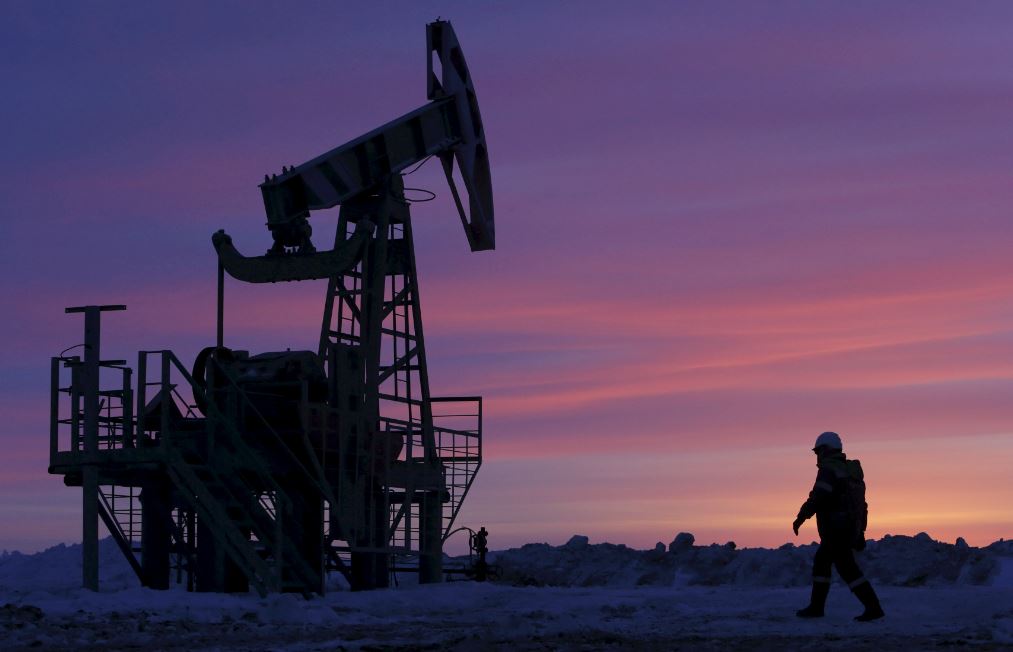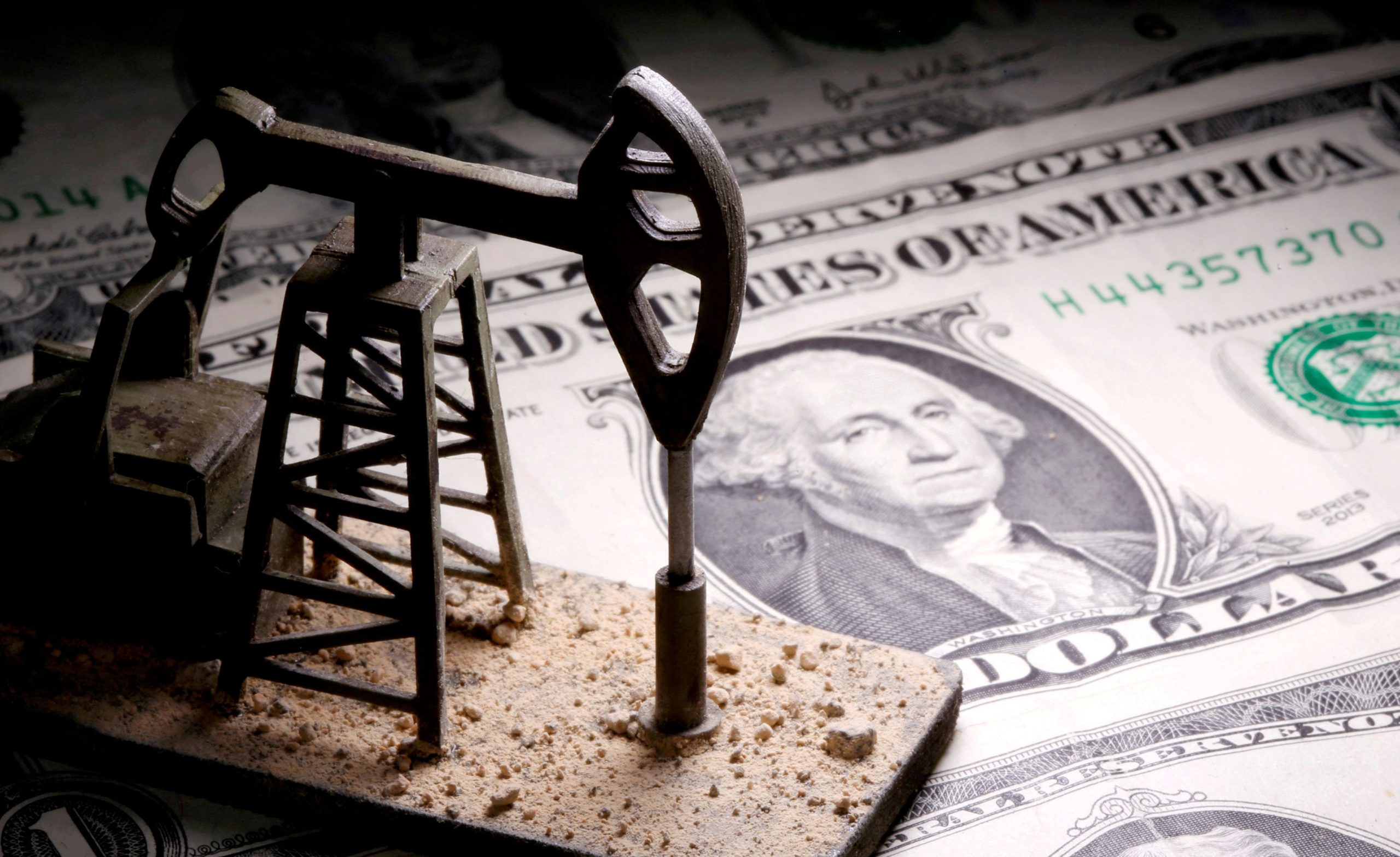
If there is something that has characterized the oil market lately, it is the factor of raising prices but also their unexpected decline. On Friday, the black gold closed for the third straight week of losses, snapping its longest streak since 2023.
However, analysts believe that the downtrend is coming to an end and oil prices will move higher in the coming quarters.
DNV: Oil demand will halve by 2050
Speaking to CNBC, Ed Morse, head of commodity research at Citi, noted that there are multiple indications that prices have bottomed out. Inventories rose sharply in the first two months of the year and then fell, a sign that prices are on the way down. He added that the markets are currently dealing with the impact of the recent OPEC+ production cuts and that the world is entering a period of high demand. “We’re much more positive in the second and third quarters than we were in the first,” Morse explains.
The surprise from OPEC +
On April 2, OPEC+, led by Saudi Arabia, surprised everyone by announcing that it would cut daily oil production by 1.6 million barrels per day, using the oil cartel’s long-standing power to shape oil prices.
According to research by Goldman Sachs, which reviewed the agency’s communications since 1983 when production quotas were introduced, the power of the oil cartel is indisputable. Its researchers used 9,426 daily observations during OPEC announcements, regarding the price path of Brent crude, while simultaneously studying changes in the S&P500 stock market index, the TWI dollar index and the US one-year bond yield.
The main conclusion is that the influence of the cartel increases when its market share of global oil production is high, when there is limited pricing elasticity in non-OPEC oil supplies, and when global oil demand is inelastic.
After the first few days when prices did indeed confirm bullish expectations, it quickly began erasing a downward trajectory, dropping below $80, roughly below levels from the beginning of April, before the OPEC+ announcement.
Expectations of higher prices
Financial services company ANZ also believes that the drop in oil prices is coming to an end as global demand will increase by 2 million barrels per day while supply will be tight. It should be noted that Russia is also extending its production cuts until the end of the year.
“OPEC+ production cuts and demand recovery in China will likely offset slowdowns in demand elsewhere…therefore, we expect prices to bottom out soon,” ANZ analysts wrote.
In the same vein, there are the expectations of Goldman Sachs, which maintained its expectations of a rise in the price of crude oil. In April 2024 when we expect a large deficit in the second half, according to a report by the investment bank.
Forty analysts and economists in a Reuters poll see oil prices rising to $90, as they expect that the price of black gold will be supported by increased demand from China and market tightening after the recent production cuts by OPEC +.
According to experts, Brent crude prices are expected to average $87.12 a barrel this year, which is higher than the average forecast in the previous survey in March.
Brent crude was trading 1.74% higher at $76.61 a barrel on Monday, while US West Texas Intermediate crude futures were up 1.92% at $72.71 a barrel.
Sharp drop in oil
Brent crude has fallen 8 percent since last Friday. On Wednesday, the benchmark closed at $72.33, its lowest since December 2021, according to Refinitiv data, and West Texas Intermediate is down 11% year-to-date.
The price drop is attributed to the economic data which is a source of concern.
Starting with the recent hike in US interest rates and its impact on the real economy, which may lead to a slowdown and affect demand. Morse notes that “pressure from deflationary measures by both the US Federal Reserve and the European Central Bank has slowed demand growth in most OECD countries, with recession risks looming.”
Oil prices fell below $80 after rising to $120 in early June last year.
In this environment, recent economic data on industrial activity in China added to concerns. Manufacturing contracted unexpectedly in April, adding pressure to policymakers trying to boost an economy that is struggling to recover from the pandemic in an environment of weaker global demand.
Data from China’s National Bureau of Statistics showed that the manufacturing purchasing managers’ index fell to 49.2 from 51.9 in March, below the 50-point level that separates expansion from contraction in activity on a monthly basis.
The ball is up to OPEC again
“The narrative that oil markets will tighten later this year due to higher Chinese demand is challenged,” the Commonwealth Bank of Australia report said. “The tightening of the oil market in the second half of 2023 will now depend more on OPEC+, especially Russia.”
Moscow’s oil production has proven to be more resilient than expected. “Russia’s oil production and exports have been resilient despite announcing a production cut of 500,000 barrels per day,” said Kang Wu, head of global demand at Standard & Poor’s and Asia.
Market officials note that the recent decline is reminiscent of the March bearish volatility and drives the scenario of whether or not OPEC will make another Saudi-led cut.
But S&P’s Wu believes there is still “a great deal of uncertainty” about the cartel’s next move.
June will be the annual meeting of the competent ministers of the OPEC + member states, and analysts believe that Saudi Arabia will set the tone, “If they do not see a real destruction of demand either due to the weakness of the economy or due to the jump in prices, perhaps they will hold these production levels for a little longer to decide what It has to be done,” Wu concludes.

“Avid problem solver. Extreme social media junkie. Beer buff. Coffee guru. Internet geek. Travel ninja.”






More Stories
“Recycling – Changing the water heater”: the possibility of paying the financing to the institution once or partially
Libya: US General Meets Haftar Amid Tensions Between Governments
New tax exemption package and incentives for business and corporate mergers..